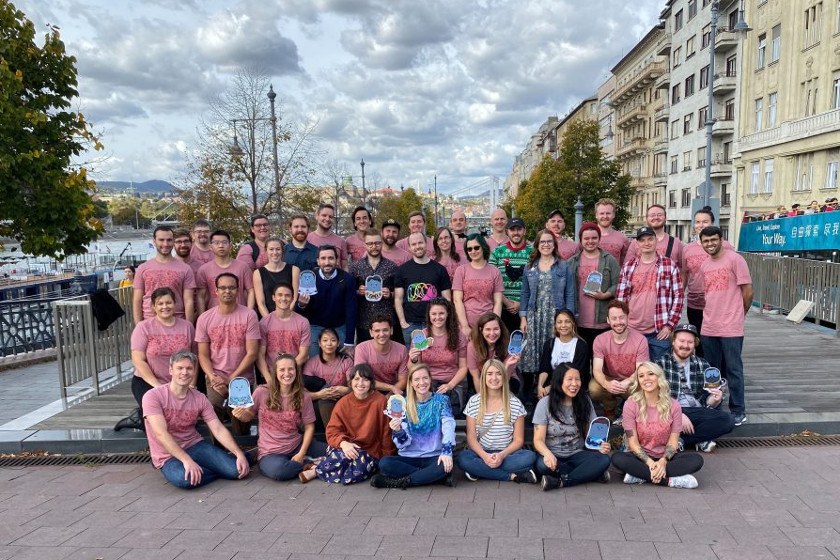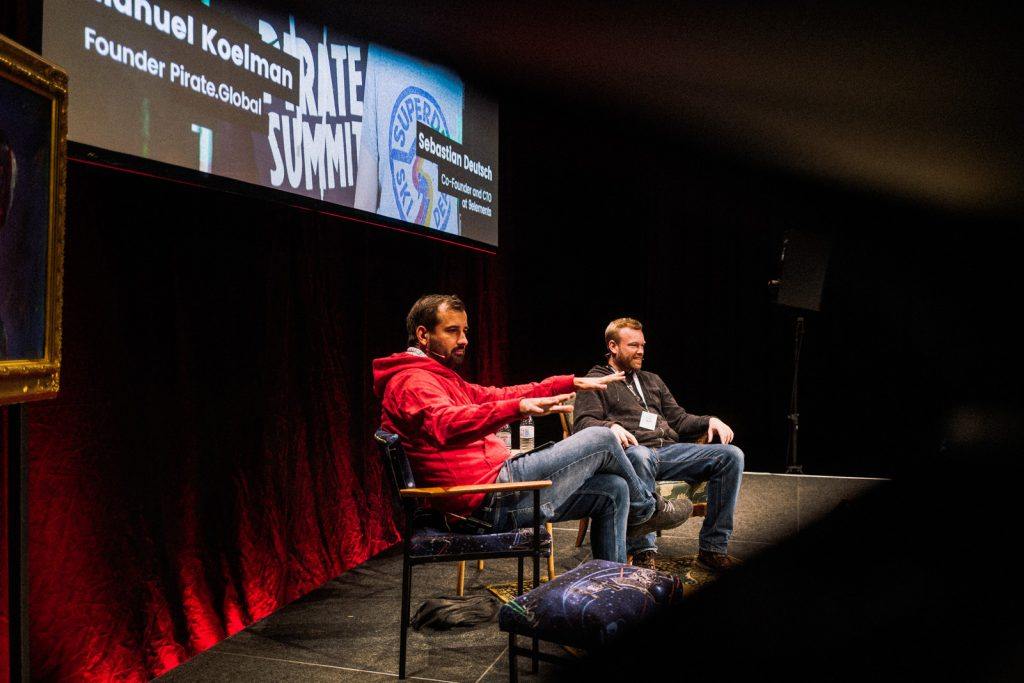Remote-Ready with Sonja Beardsley from Customer.io: „We have people working from RVs while traveling around North America.“
22. Januar 2020
In this article series, we feature successful remote-ready companies and ask them how they collaborate effectively in a remote environment.
Customer.io is a marketing automation platform that currently helps 1.300 companies to communicate with their customers through e-mails, messaging and notifications more efficiently. The company is spread all over the world, as shown on a map on the careers page of Customer.io, with a small office in Portland, Oregon.
We spoke with Director of Operations, Sonja Beardsley, about their approach to remote work.
- In this interview you learn:
- What tools the teams use to keep each other in the loop,
- how both the company and the product benefitted from remote work,
- how welcome emails work as a conversation starter for new employees.
How does your current organizational setup look like and in which units do you work remotely?
As a remote-first team, we have 57 team members spread all over the world. Some of our team works from coworking spaces while others from home offices. We have a few nomads, including two who use hotspots and work from RV’s while traveling around North America! As long as you have your laptop, reliable wifi, and some headphones for Zoom calls – you can work from anywhere in the world.
Additionally, we have an office in Portland, Oregon, where we sublet to a few small startup companies like Auxon.io and Forge.Vision. We have about ten people living in the Portland metro area, but on any given day, there are one to six Customer.io people in the office. We use it as more of a coworking space than a Customer.io Headquarters. And occasionally, departments will travel to Portland to meet up in person for week-long collaboration time.
How do you collaborate with your remote workers on a day-to-day basis?
Our company is made up of a bunch of introverted talkers! The majority of our ongoing conversation flows in Slack. With public channels for any topic imaginable: #pets, #food, #dont-get-murdered, #our-weekends, and a new one, #squad-phoenix, where we state our personal six-month goals and share updates along the way. In addition to all the banter, each department has its own channels, and each squad has its own for more collaborative work.
Outside of Slack, we use several other communication and collaboration tools (Zoom, Github, Notion, HelpScout, GSuite, Close.io, Vitality). Each department sets its own cadence and method for keeping each other in the loop. To supplement the constant communication, we have a Leadership Zoom meeting once a week, a full team meeting every other week, and company-wide, in-person retreats twice a year. Departments can also meet up at conferences or other locations on an as-needed-as-wanted-basis.
How do you reflect the remote work specifics in your approach to leadership, coaching and mentoring?
Back in 2013, when our team was five people, our co-founders decided to make the leap and try out building a remote team. From that point on, we’ve thought about everything through the lens of being a remote team. We’ve lead by example, by having our entire team be remote, including our leadership team, team leads, and managers. Seven years later, we are a remote team through and through.
Over the past year, we’ve been working on our tools and training for new managers. Part of this has been building a community within Customer.io, by sharing readings and tools, like Manager Tools. And the other part is looking outside, getting advice from experts like Dr. Sherry Walling at Zenfounder and the remote-friendly Eager CONNECT Manager Training.
Which skills are necessary to work effectively in your remote work organization?
Hands down, communication. I’d also put creativity high up in the rankings, but without strong communication skills, who will know your genius ideas?
Do you plan to extend the amount of remote work in your organization in the future?
We’ve been remote-first for about six or seven years, and have no plans to change that. We’d actually like to extend our reach to have more team members in the southern hemisphere and covering more time zones!

Which recommendations do you have for companies who are just starting to embrace a remote work culture?
Do it! The range of people you get to work with and the diversity of experiences they bring to the table… Our company is undoubtedly stronger because we are remote, and our product is better for it too.
What do you do to make remote work fun for people who cannot be in the office every day?
We’ve worked really hard not to have any difference between being in Scotland versus Portland. Some of the fun things we do (in addition to team retreats) are:
- Monthly Sip ’n See meetings – one hour, rotating time to accommodate time zones, anyone can present or share anything, or we have a virtual watercooler chat.
- Serendipity Chats – We’ve done things for a long time, but are currently using Donut.ai to organize them. Every two weeks, you get paired up randomly with someone else on the team for a 30 minute get to know you chat. This helps build personal connections between retreats.
- Welcome Campaigns – each new hire uses our own product, Customer.io, to send a series of five emails about themself. This ignites conversations between the new hire and the team and helps give people an „in“ to reach out to the new people.
- We recently tried PizzaTime – which is a service by SpaceTime that coordinates a remote pizza party! We are always looking to try new exciting things.



